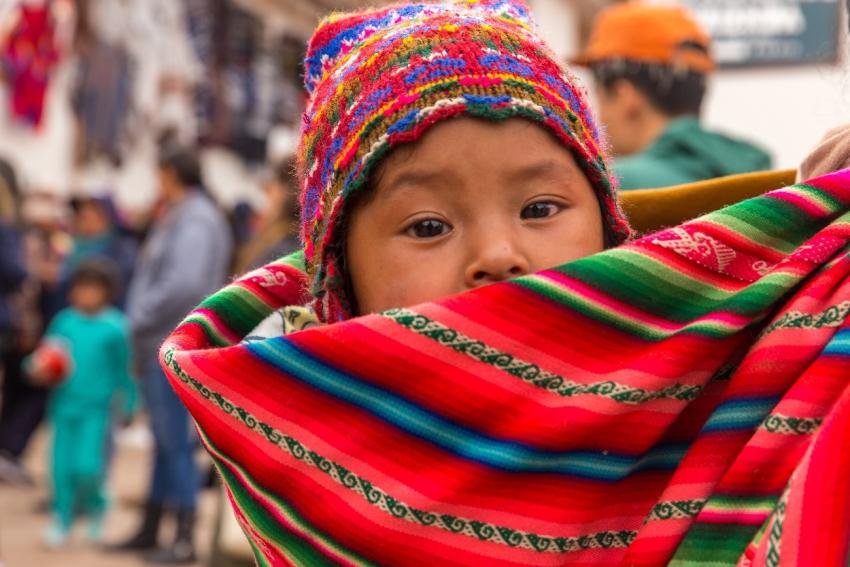The 5 most common indigenous languages in Latin America

Indigenous languages define people's identity and transmit knowledge. Indigenous populations are present in almost 100 countries and are particularly relevant in the Americas. In this article we will tell you which are the most widely spoken indigenous languages in Latin America and why it’s important to know them.
On he American continent, indigenous languages are those that were used by the first settlers before the conquistadors arrived. These languages are characteristic for the territory where they first developed, they help to define the culture, its people and contribute to diversity. For language scholars, they are also instruments of inclusion, empowering the freedoms and rights of indigenous people who are threatened marginalizing their values, habits and cultures.
For a translation company, it is essential to know the main indigenous languages that continue to be relevant in the world. For a professional translator, mastering languages that are not common and that have a centuries-old tradition, rooted in primordial cultures, is an additional qualification and a great advantage.
According to the Permanent Forum on Indigenous Issues (UNPFII), indigenous peoples represent only 6% of the world's population but speak more than 4,000 languages. Some of these languages are at risk to extinct. To survive, they need to continue to be present and spoken in Latin America, but also to value the history and spread the message to people in other countries.
Currently, these are the 5 most widely spoken indigenous languages in Latin America that the best translation services need to know:
Índice de contenidos
Index of contents
Index du contenu
Inhaltsverzeichnis
Indice dei contenuti
1. Quechua:
Around ten million people around the world continue to speak Quechua, a language that originated in what is now Ecuador and Peru. Quechua was born as a means of communication for trade. The Incas spread the language throughout the Americas. A peculiarity of this language is that it only has three vowels “a”, “i”, “u”.
2. Guarani:
This indigenous language is now the official language of Paraguay, where 90% of the population speaks Guarani, although it is also spoken in other countries of the southern hemisphere. In 1992 Guarani became the official language of Paraguay and this milestone is still remembered by many Paraguayans. There are two dialects: Paraguayan and Corrientes. It’s estimated that there are more than 6 million people who speak Guarani. Guarani spelling is similar to Spanish, with many phonetic similarities.
3. Nahuatl:
This indigenous language originated in Mexico, one of the most influential countries on the continent. It was the language of the Aztecs and it’s believed that it developed over 2,000 years before our era. The meaning of the word “Nahuatl” is “soft". In it’s golden age, it was considered the language of science and religion. Despite colonialism, it continued to be used as a tool of evangelisation. Around 2 million Mexicans still speak Nahuatl and are proud of their roots and what it represents.
4. Aymara:
This language is widespread in Peru, Chile and Bolivia. The Jesuit Ludovico Bertonio was one of the first people to write about the importance of the Aymara language. In 1612 he understood it’s importance in order to support his evangelisation work. Aymara is characterised by four grammatical persons and more than 200 suffixes. It is estimated that there are still around two million speakers.
5. Mapundung:
Finally, Mapundung is an indigenous language that is still has a lot of influence in Chile. There are some native speakers in Argentina, where they also call this language “Mapuche”. It’s not related to any linguistic family, so its origins are unclear and many researchers are still trying to find out where it originated.
Other articles you may be interested in:

Blog writer and Community Manager interested in multiculturality and linguistic diversity. From her native Venezuela, she has travelled and lived for many years in France, Germany, Cameroon and Spain, passing on her passion for writing and her intercultural experiences.



Add new comment